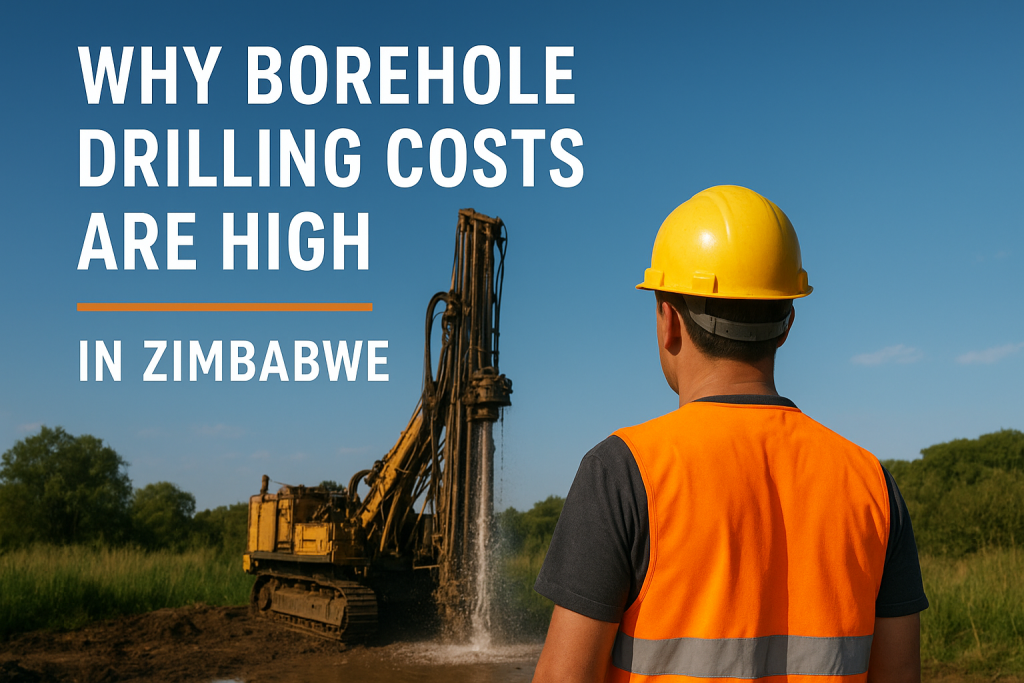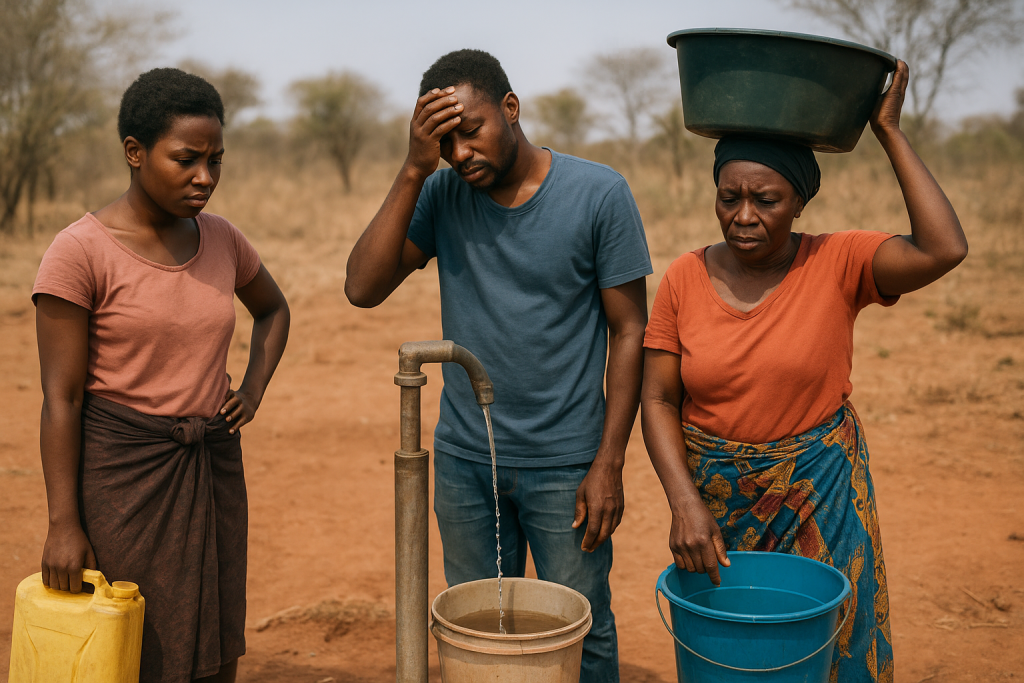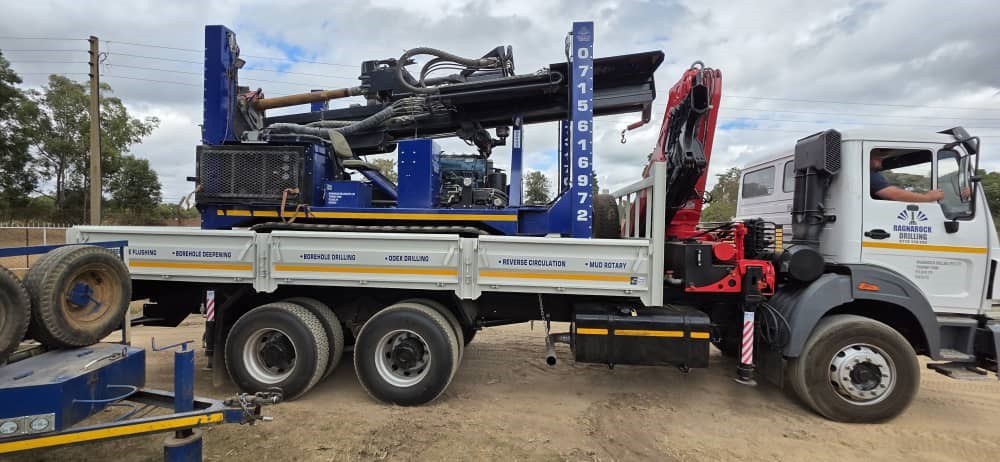Drilling a borehole is one of the smartest investments for homes, farms, and businesses in Zimbabwe. With unreliable municipal water supplies and frequent shortages, having your own water source offers independence and long-term security.

However, one of the biggest challenges many people face is the high cost of borehole drilling. Before you start, it’s important to understand what drives these costs, why they can seem so expensive, and how you can make the process more affordable without sacrificing quality.
1. What Makes Borehole Drilling Expensive?
Several factors contribute to the overall cost of drilling a borehole:
a) Geological Conditions
The type of ground (rocky, sandy, clay, or mixed soils) can affect drilling costs. Harder rock requires heavier equipment, more time, and more fuel, which increases expenses.
b) Depth of Drilling
The deeper the borehole, the more expensive it becomes. In some areas of Zimbabwe, reliable aquifers can be as deep as 80–150 metres, which significantly increases the cost compared to shallow boreholes.
c) Equipment and Technology
Modern rigs, such as track-mounted RC drilling machines, come with advanced technology for precision and efficiency. While they ensure better results, the investment in equipment means drilling companies must charge accordingly.
d) Fuel and Logistics
Transporting rigs, staff, and equipment to remote locations adds to costs. Rising fuel prices in Zimbabwe also make mobilisation more expensive.
e) Permits and Compliance
In some cases, local councils or water authorities require permits and compliance paperwork, which add to overall project costs.
f) Labour and Expertise
Skilled drillers, hydrogeologists, and technicians are required to ensure proper site surveys, drilling accuracy, and pump installation. Expertise comes at a price but reduces the risk of borehole failure.
2. Hidden Costs to Watch Out For
Unfortunately, not all drilling companies are transparent about pricing. Some lure clients with low upfront quotes but add hidden fees later. Common hidden costs include:
- Extra charges for casing and lining.
- Unexpected fuel surcharges.
- Additional pump and piping costs.
- Post-drilling flushing and testing fees.
This is why working with a reputable company that provides all-inclusive quotes is essential.
3. The True Cost of Choosing Cheap Drilling
While everyone wants to save money, cutting corners in borehole drilling can be disastrous. Cheap drilling often means:
- No proper geological survey.
- Poor-quality casing and materials.
- Incomplete or shallow boreholes.
- Low or unreliable water yield.
In the long run, this means spending more money to fix or redo the borehole.
4. How to Manage Borehole Drilling Costs
Even though borehole drilling is expensive, there are ways to manage costs wisely:
✔ Choose Transparent Drilling Companies
Work with drillers who provide a full, itemised quote upfront with no hidden fees.
✔ Do a Hydrogeological Survey
A proper survey reduces the risk of drilling in the wrong location and increases the chance of hitting a high-yield aquifer.
✔ Select the Right Borehole Depth
Avoid drilling deeper than necessary. Professionals can guide you on the average depths for your area.
✔ Invest in Quality Pumps and Equipment
Durable pumps may be costly upfront but save money long-term by reducing breakdowns.
✔ Plan for the Long Term
A borehole is a 20–30 year investment. Spending more upfront on reliable drilling ensures consistent water supply and reduces future expenses.
5. How Ragnarock Drilling Provides Affordable, Reliable Solutions
At Ragnarock Drilling, we understand the financial burden of drilling. That’s why we provide:
- Transparent, all-inclusive pricing with no hidden fees.
- Hydrogeological surveys before drilling to increase success rates.
- Modern rigs and skilled drillers for efficient, accurate work.
- End-to-end service, including pump installation and borehole flushing.
- Long-term value, ensuring your borehole is sustainable and cost-effective.
Conclusion
Yes, borehole drilling in Zimbabwe can be costly — but it’s also one of the best long-term investments you can make for water security. By understanding what drives costs and choosing a reliable drilling partner, you can protect your investment, avoid hidden expenses, and ensure a sustainable water source for decades.
When it comes to drilling, cheap is expensive. Choose transparency, expertise, and reliability.
👉 Contact Ragnarock Drilling today for affordable, professional borehole solutions.
📞 +263 773 170 592




